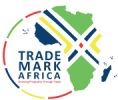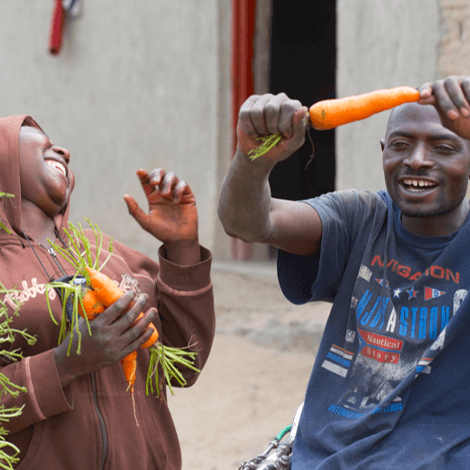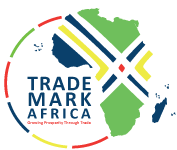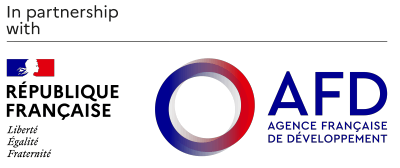The fifth Ugandan Trade Expo 2018 kicks off in Kampala on June 27 – 28, as foreign investors flock the East African nation for business. Exhibitors from Kenya, Uganda, Tanzania and the larger East African region will showcase their business in the popular expo, organized by Bright Exhibitions from the United Arab Emirates. Uganda is also known as the Pearl of Africa and is a member of Tripartite Free Trade Area comprising of COMESA, East African Community and Southern Africa Development Cooperation. This gives access to market of 140 million people comprising of East & Central Africa. It also acts as a gateway to South Sudan and Democratic Republic of Congo. “There is good opportunity for foreign investors to use the raw materials available in Uganda and to convert them into finished goods by bringing their machinery and technological know-how,” said Moiz Saifuddin from Brigh. The exhibition will also link up international traders and manufacturers from various countries like Turkey, Oman, India, China UAE, and Europe. The exhibition will help Uganda and East African countries at large and will help to create awareness about the companies that can export to Uganda genuine products and this can help reduce and/or curb down counterfeit products in the country. “It our sincere hope that through this fair, exhibitors will get reasonable mileage to enable them gain a foothold in the local as well as regional market,” added Mr Saifuddin. He said in this era of globalization and market integration, the companies with visibility...
Kampala to host Ugandan Trade Expo 2018
Posted on: June 20, 2018
Posted on: June 20, 2018















